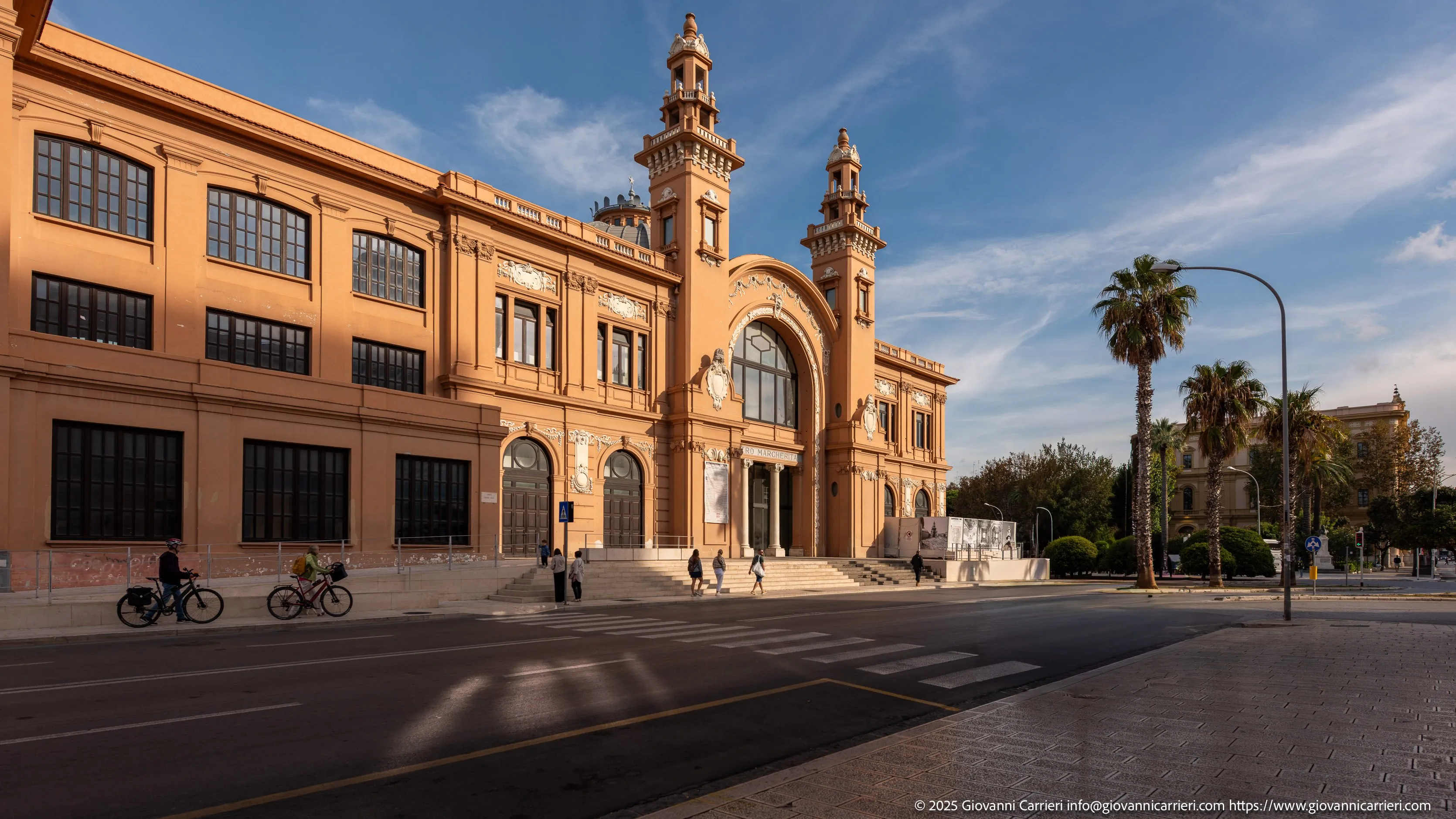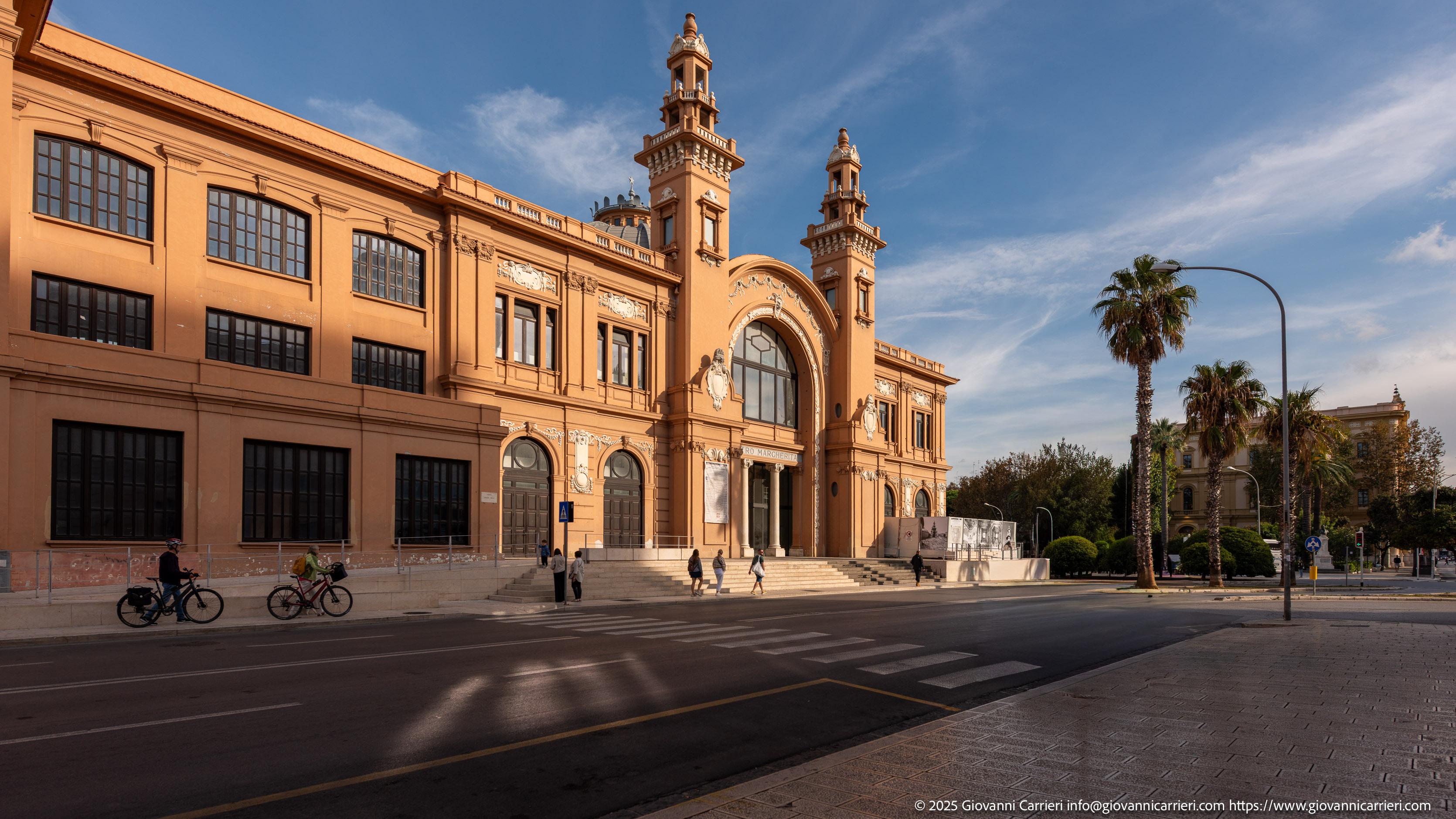The entrance to the Margherita Theatre as seen from the seaside Emperor Augustus
The Teatro Margherita in Bari boasts a fascinating and unique history, positioning it as an architectural landmark on the city's waterfront. Constructed between 1912 and 1914 and designed by architect Francesco De Giglio, the theatre's defining feature is its ingenious foundation: it was built entirely on stilts over the sea (on state-owned maritime land). This unconventional choice was a clever strategy to bypass a municipal agreement that prohibited the construction of new theatres on dry land to protect the interests of the nearby Teatro Petruzzelli. This makes the Teatro Margherita one of the first structures in Bari to utilise reinforced concrete and famously the only theatre in Europe of its kind built directly over the water. Originally opened as a Kursaal and later renamed Teatro Margherita, the venue hosted a variety of performances, including opera, prose, and variety shows. Over time, its function shifted, and it operated as a cinema until its closure in 1980. After a long period of abandonment and extensive restoration work, the building was finally reclaimed and given a new cultural life. Today, the beautifully restored Teatro Margherita functions as a Contemporary Art Museum and a vibrant cultural hub, honouring its legacy as a symbol of architectural innovation and a key piece of Bari's heritage on the stunning Lungomare Imperatore Augusto.

